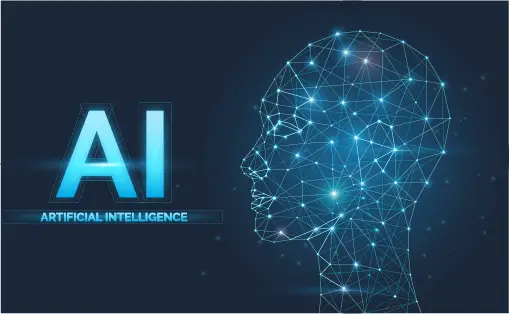Data science and women: Are women underrepresented in AI-driven industries?

With the increase in the applications of data science and artificial intelligence and its utility in various sectors, we are gradually heading towards a new technological era. In this technological era, the development of artificial intelligence and its relevance to Science, Technology, Engineering, and medicine has increased job opportunities for those who are able to prove their technical skills. Artificial intelligence has become the norm of the world around us. It is said that the power of artificial intelligence to transform our lives is immense. However, questions have been raised on the diversity and inclusiveness of artificial intelligence in various sectors. For instance, a report by the world economic forum points out that less than one-quarter of the women are working with artificial intelligence in data science positions in different sectors. It is important to understand the cause of this bias and work on ways through which we can increase the presence of women in sectors dominated by data science and artificial intelligence.
Is there a bias in AI?
There is no doubt in the fact that the core companies which work in artificial intelligence and data science technologies are looking for talent and skills more than they are looking for any bias. However, the gender inequality index of the world economic forum points out some striking differences in wage inequalities especially when it comes to the data-driven sector. According to a report by Gartner, more than 80% of the projects related to artificial intelligence have shown errors in their outcomes due to the irresponsible handling of data by the various teams involved there. The report further predicts that these errors could have been reduced if the teams incorporated diversity and handled data carefully. The report is not optimistic about the development of future AI products if teams don’t incorporate diversity across the dimensions of gender, age, and race.
Are women underrepresented in AI?
It is important to understand this question of the under-representation of women in artificial intelligence. It is necessary to analyze their participation across various tech-driven sectors. All the data that is mentioned here is sourced from a report by the world economic forum on gender inequality. When it comes to sectors that are operating in the Cloud Computing sector, the percentage of women is less than 15 %. In the domain of Engineering and Technology, women are again and under-represented and their figure of participation stands at 16%. When it comes to industries driven by data and artificial intelligence, the figure is between 20 to 30%. In the E-Commerce sector and sectors like marketing and sales, the representation of women is 30,32, and 39% respectively. When we speak of the overall professional and technical roles of women, their presence stands at 40%. Finally, in sectors like content production, the participation of women is at a higher rate of 57%.
Ways and means to decrease gender inequality
The first and foremost measure that can be taken to decrease gender inequality is to support education in the domains of science, technology, engineering, and medicine. In this way, we can open a gateway for women when it comes to developing AI-oriented knowledge through an applied ai course at an early age. STEM education programs can be promoted by collaborating with respective governments and industry leaders in the long run. The second important measure that can be taken to decrease inequality is by showcasing the talent of female leaders who have made their mark in the industry. This can not only get rid of the negative cultural stereotypes but can also increase the participation of women in business and technological centers. The third important measure that can be taken is the mentorship of women for leadership roles at a young age. This can not only enable them to make a great career in artificial intelligence but can also lead them into industry-oriented platforms that are also technology-driven. Another important measure can be taken at a technological level. For instance, engaging applications can be developed to connect various leaders to women who are zealous in entering the AI industry. In addition to this, equal opportunities can be created across various platforms and recruitment policies and processes of technological sectors can be rationalized.
Concluding remarks
In one word, we can ensure a brighter future for women by eliminating the disparities that stop their prosperous journeys in sectors that are thriving in the ecosystem of artificial intelligence and data science.
